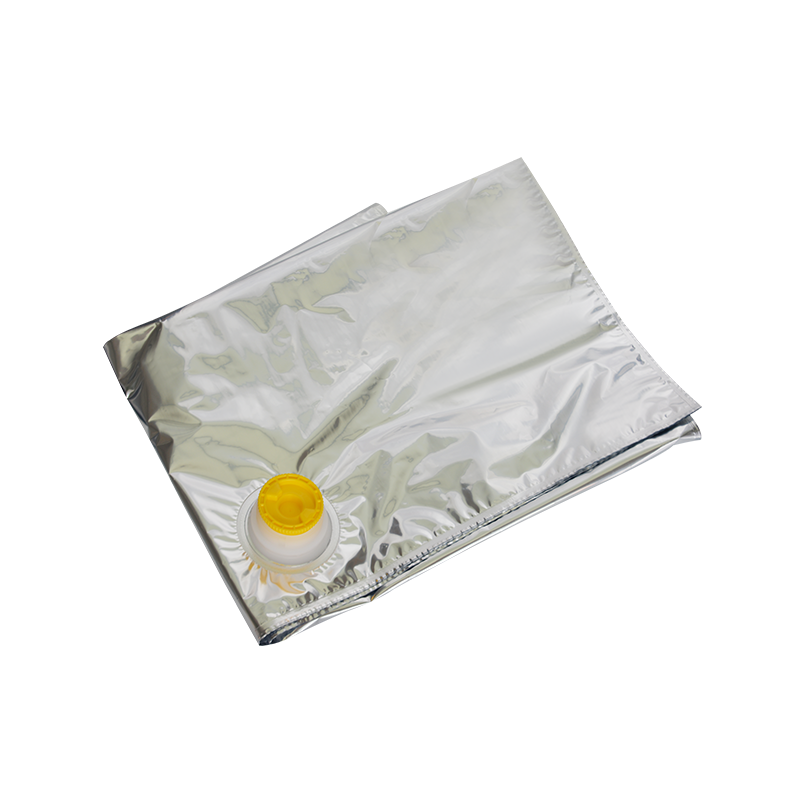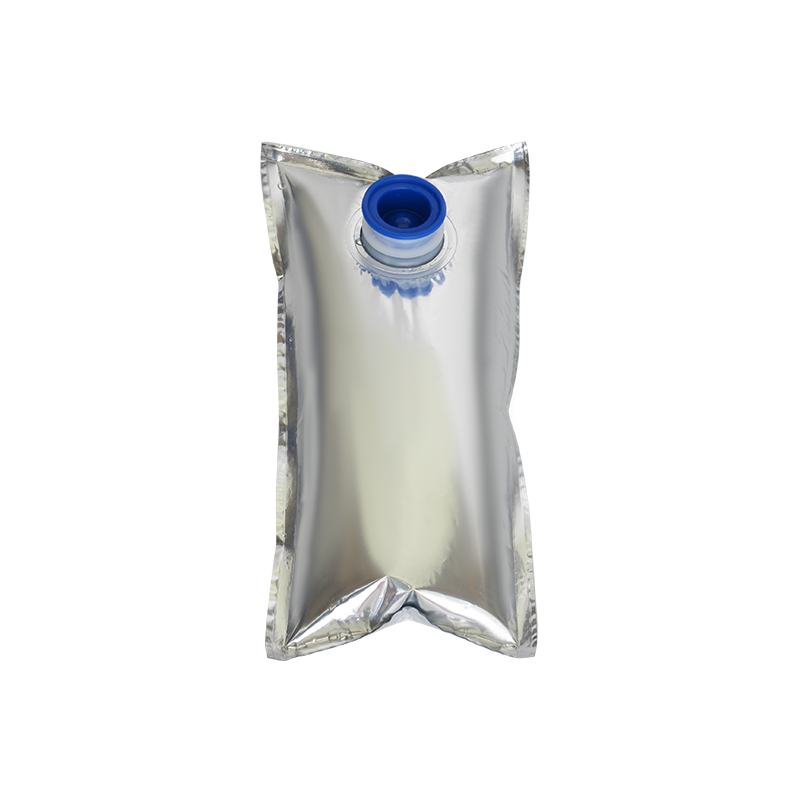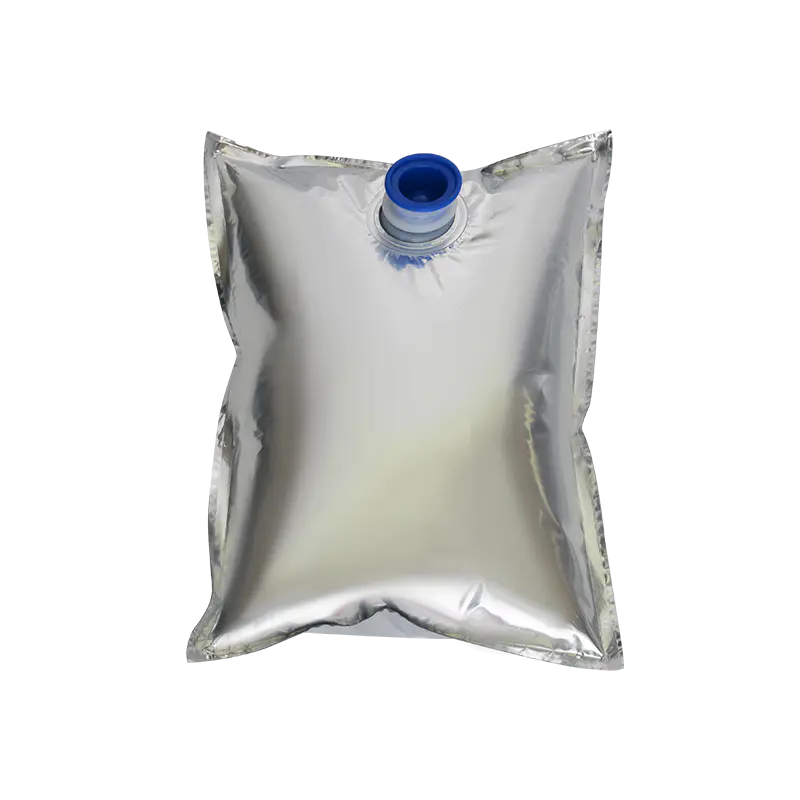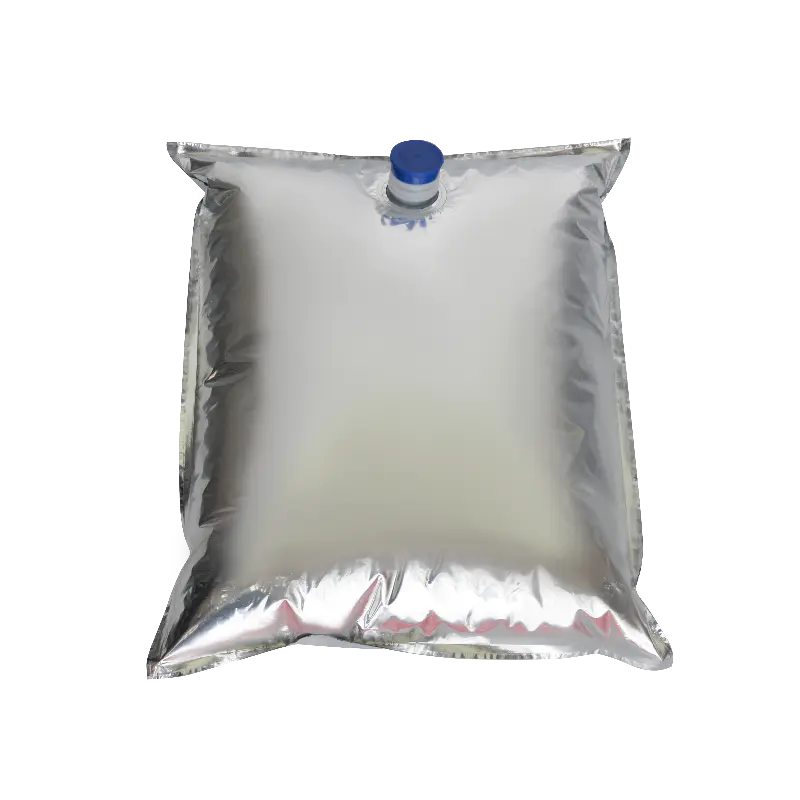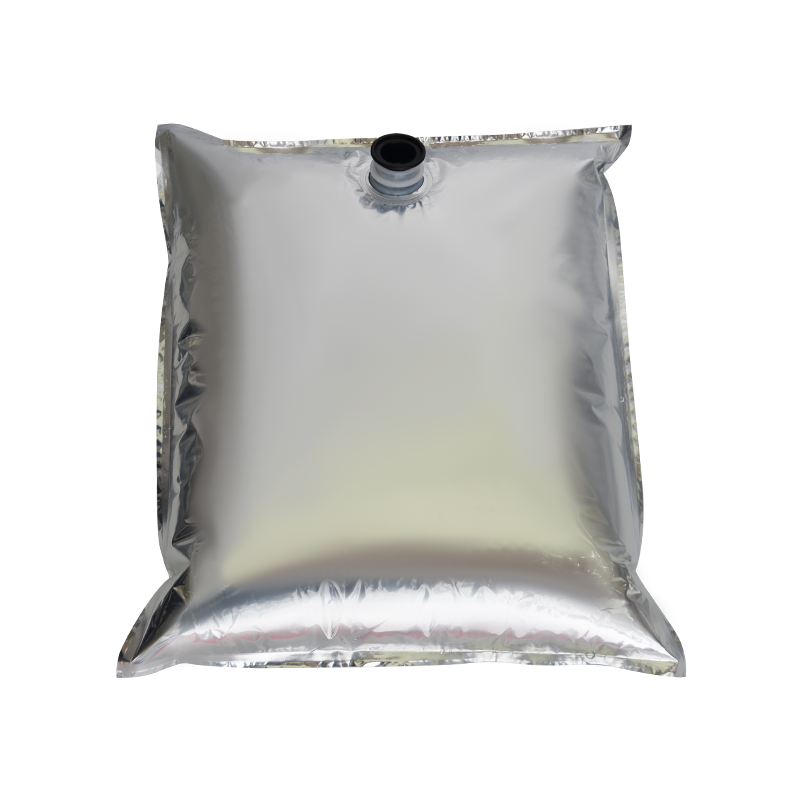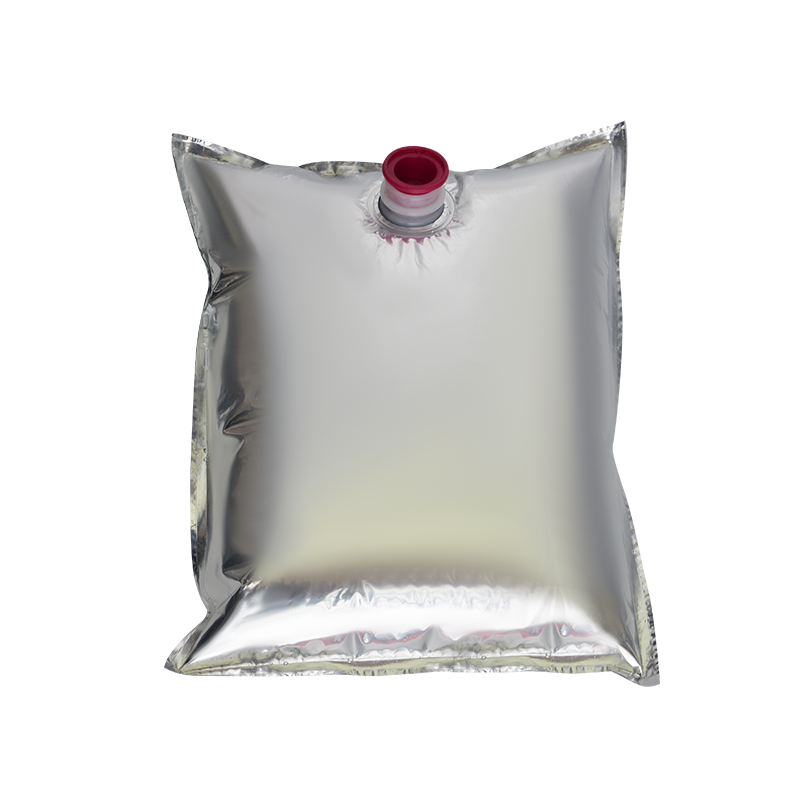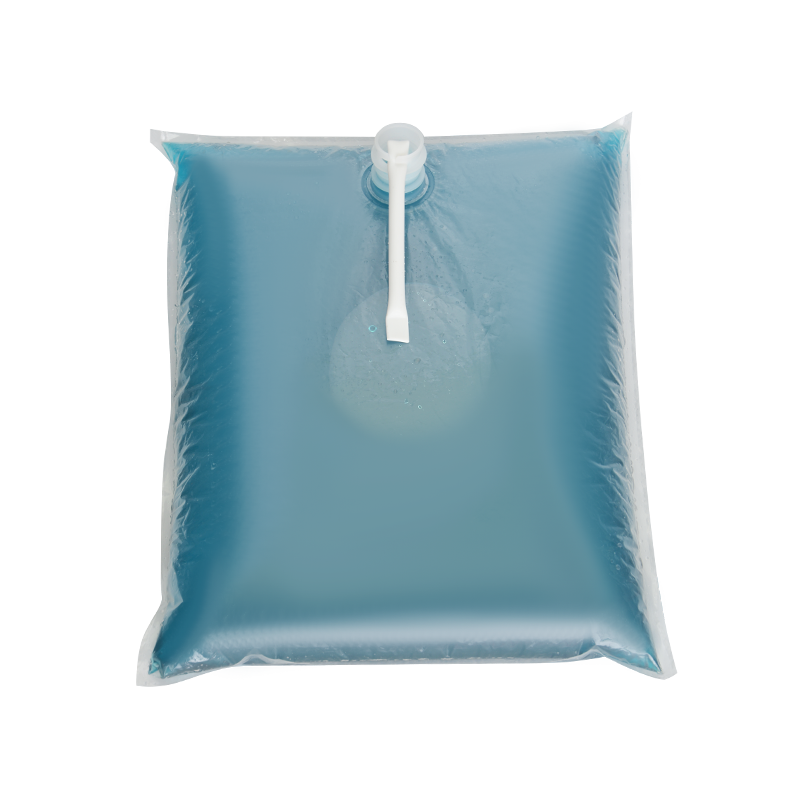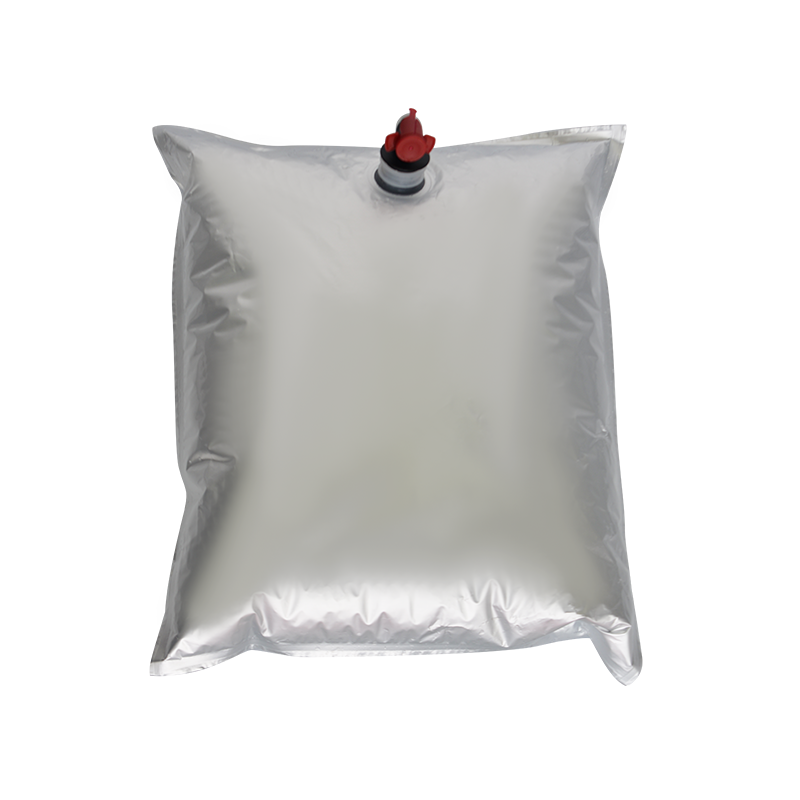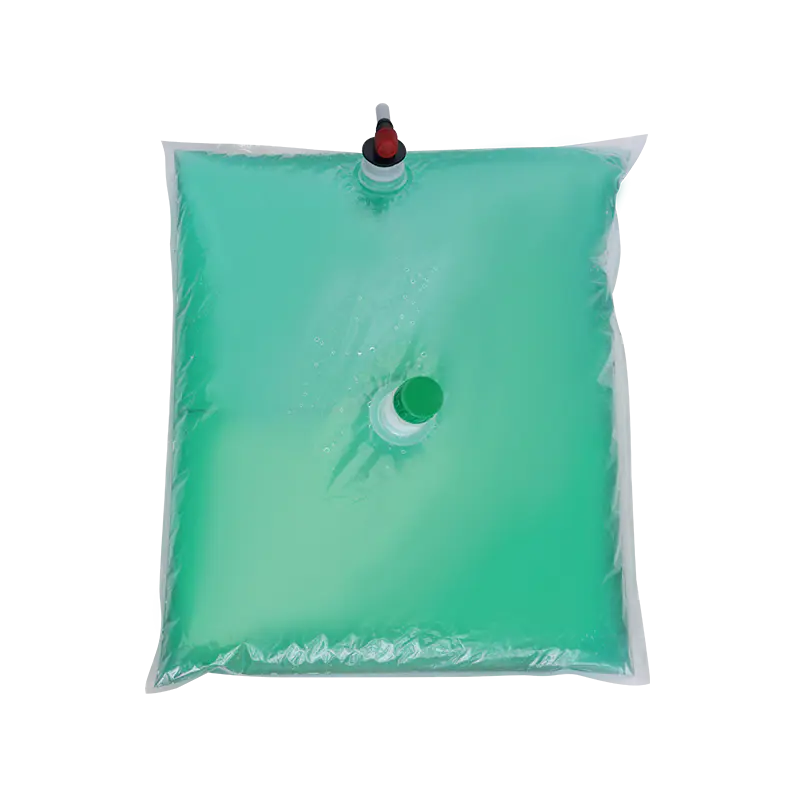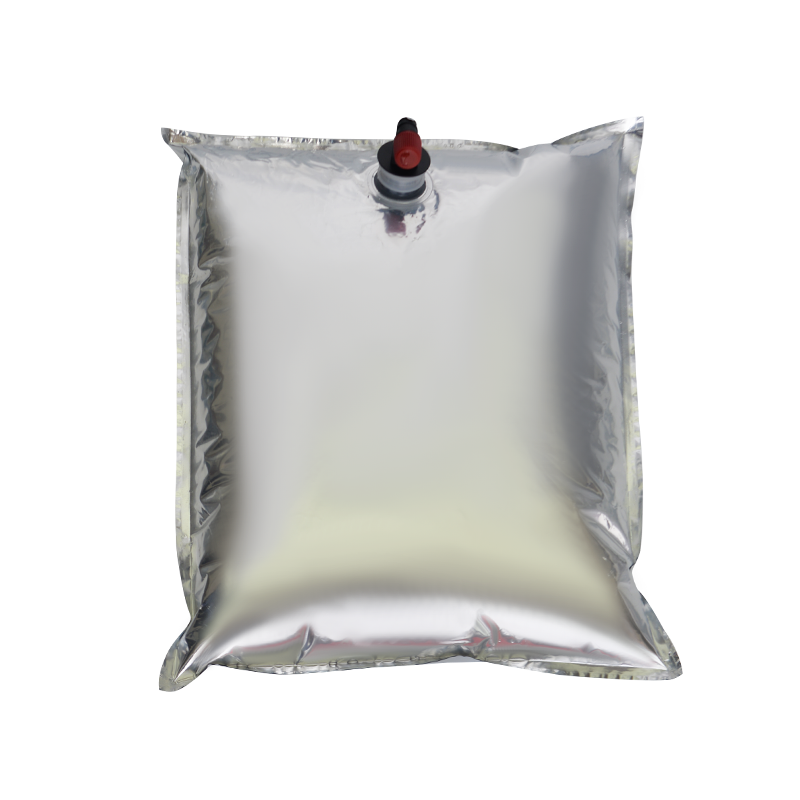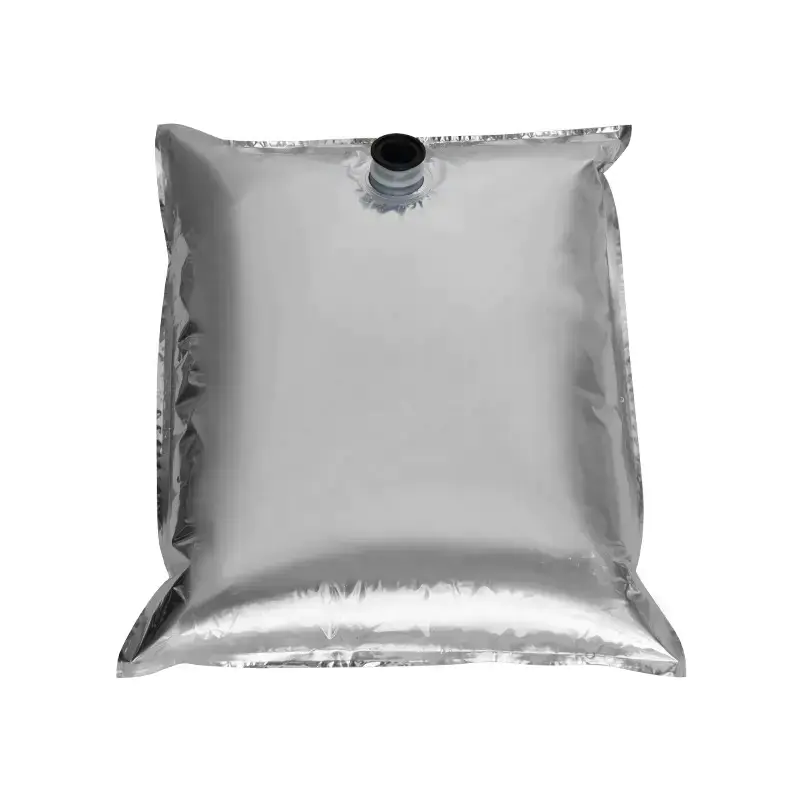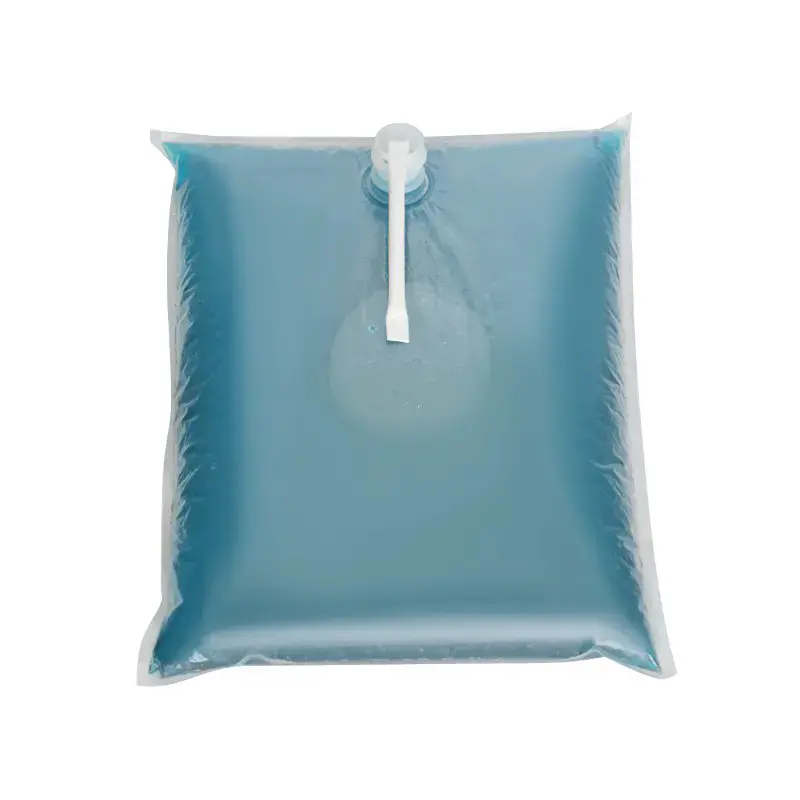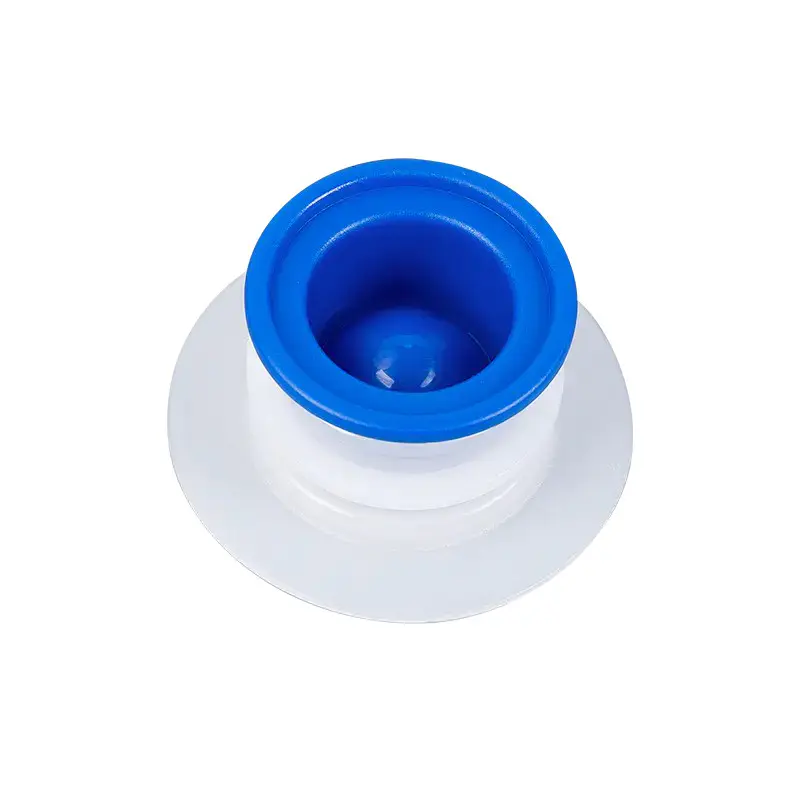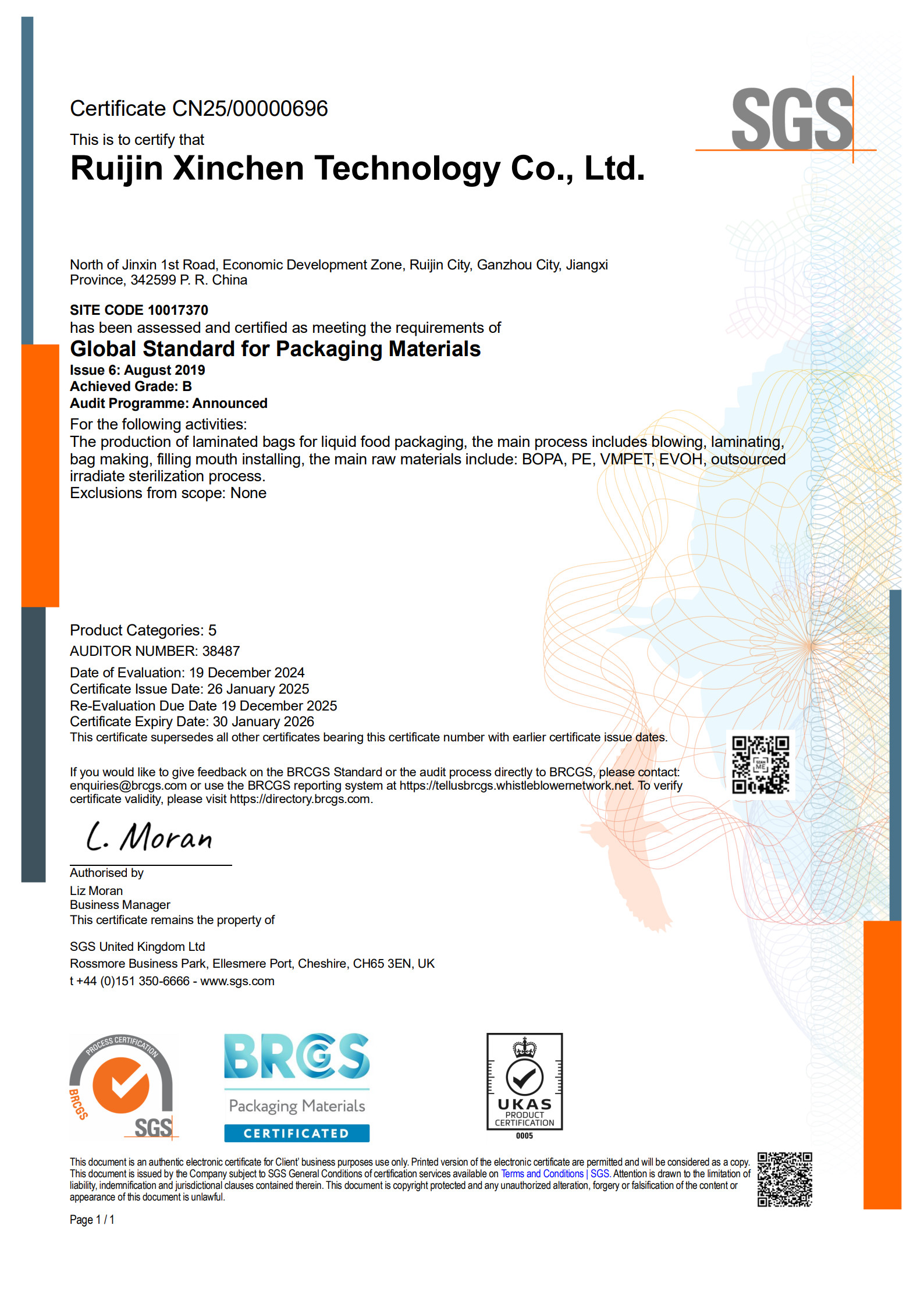
In the evolution of the modern packaging industry, flexible liquid packaging bags, with their unique technological advantages and application potential, are becoming a key force in transforming the distribution landscape of liquid products. This packaging format, which integrates materials science and structural engineering, not only transcends the limitations of traditional rigid containers but also strikes a delicate balance between environmental friendliness, cost-effectiveness, and functionality, bringing revolutionary packaging solutions to a wide range of sectors, including food, daily chemicals, and pharmaceuticals.
Material Innovation: The Core Competitiveness of Flexible Packaging
The superior performance of flexible liquid packaging bags stems primarily from their multi-layer composite material design. Unlike traditional packaging made of a single material, these bags typically utilize a co-extruded film structure of three to seven layers, with each layer performing a specific functional role. The outer layer material emphasizes mechanical strength and printability, ensuring the packaging is resistant to damage during transportation while clearly displaying product information and branding. The middle layer focuses on barrier properties, utilizing high-barrier resins to effectively protect against the intrusion of oxygen, moisture, and light, slowing oxidation and deterioration of the contents. The inner layer emphasizes chemical stability and safety, meeting food contact material standards to avoid chemical reactions with liquids and ensuring product purity.
This material combination is not simply a superposition; rather, it is achieved through advanced co-extrusion technology, achieving molecular-level fusion, resulting in an overall structure that is both flexible and strong. With the advancement of bio-based material technology, more and more flexible liquid packaging bags are incorporating biodegradable components, significantly reducing environmental impact while maintaining performance. This material innovation not only responds to global environmental regulations but also provides brands with sustainable packaging options, becoming a key direction for industry transformation.
Structural Design: Balancing Functionality and User Experience
The structural design of the Flexible Liquid Packaging Bag combines technology with human considerations, with every detail meticulously calculated to meet diverse needs. The suction-spout design is the current mainstream choice in the market. Its design not only allows for convenient pouring but also prevents liquid residue and secondary contamination through a special valve mechanism. The self-standing bottom design solves the placement challenge of flexible packaging, allowing the bag to stand stably when unopened, making it convenient for both shelf display and home use.

The structural design of the packaging bag is adjusted accordingly for liquids of varying viscosities. For low-viscosity liquids, the focus is on enhancing sealing performance to prevent leakage; for high-viscosity liquids, the bag shape is optimized to reduce residue and enhance the user experience.
Technological Upgrades: Driving Industry Quality Improvements
Sealing technology is the core guarantee for the quality of flexible liquid packaging bags and a key area of technological advancement in the industry. Current mainstream heat-sealing technologies have evolved from traditional flat heat sealing to advanced processes such as pulse heat sealing and ultrasonic sealing. These not only achieve tighter seals but also minimize damage to the material during the heat sealing process, extending the shelf life of the packaging. For liquid products requiring high-temperature sterilization, breakthroughs in high-temperature-resistant sealing technology have addressed a long-standing industry pain point, enabling flexible packaging to enter new markets that were previously difficult to penetrate.

In addition to sealing technology, advances in barrier technology have also opened up new possibilities for the expansion of flexible liquid packaging applications. By incorporating nano-coatings or metallizing films, the barrier properties of packaging are significantly enhanced, even rivaling those of traditional glass bottles and metal cans, while maintaining the lightweight advantages of flexible packaging. This technological upgrade not only reduces logistics costs but also energy consumption during transportation, aligning with the trend of green development.
The development of the Flexible Liquid Packaging Bag is a microcosm of advances in materials science and engineering, driven by both consumer demand and environmental awareness. In the future packaging market, it will not only continue to leverage its lightweight and multifunctional advantages, but will also, through continuous technological innovation and design breakthroughs, reshape the industry standard for liquid packaging and contribute uniquely to sustainable development.

 English
English русский
русский